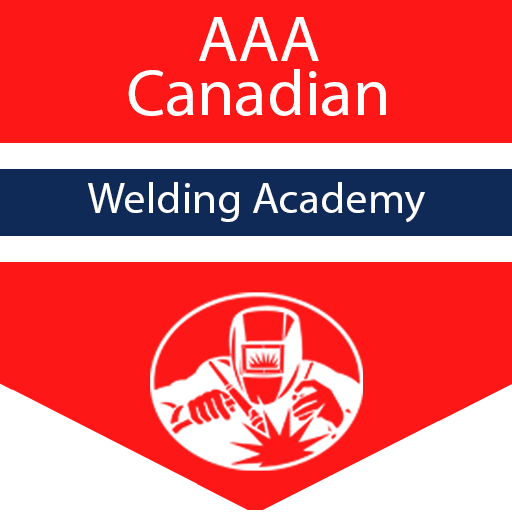Introduction:
GMAW stands for Gas Metal Arc Welding. It is also known as MIG (Metal Inert Gas) welding, especially when it uses inert gases such as argon or helium, and MAG (Metal Active Gas) welding when it uses active gases, like carbon dioxide or a mixture of argon and carbon dioxide.
Operation:
- Arc Creation: The arc is created by feeding the wire electrode through the welding gun while shielding gas flows to protect the weld area.
- Weld Formation: As the arc melts the wire electrode, it also melts the workpiece, creating a weld pool. The continuously fed wire electrode supplies filler metal to the weld pool, and a weld bead is formed as the weld pool solidifies.
Advantages:
- High Productivity: Continuous wire feeding allows for faster welding compared to processes like SMAW, which require frequent electrode changes.
- Ease of Use: Generally considered easier to learn compared to other arc welding processes.
- Versatility: Suitable for welding a wide variety of metals and alloys in different thicknesses.
- Better Weld Appearance: Tends to produce welds with a good visual appearance and fewer discontinuities compared to other welding processes.
Limitations:
- Limited Positions: While GMAW can be used in different positions, it is generally better suited for flat and horizontal welding because of the use of a fluid weld pool.
- Cost: The equipment and consumables for GMAW can be more expensive compared to other processes like SMAW.
- Shielding Gas: The requirement for shielding gas can be a limitation, especially in windy conditions where the gas can be blown away, reducing its effectiveness.
Applications:
- Industry: Widely used in manufacturing, automotive repair, and construction due to its speed and versatility.
- Thin Materials: Well-suited for welding thin materials due to the ability to weld at lower heat inputs compared to other processes.
